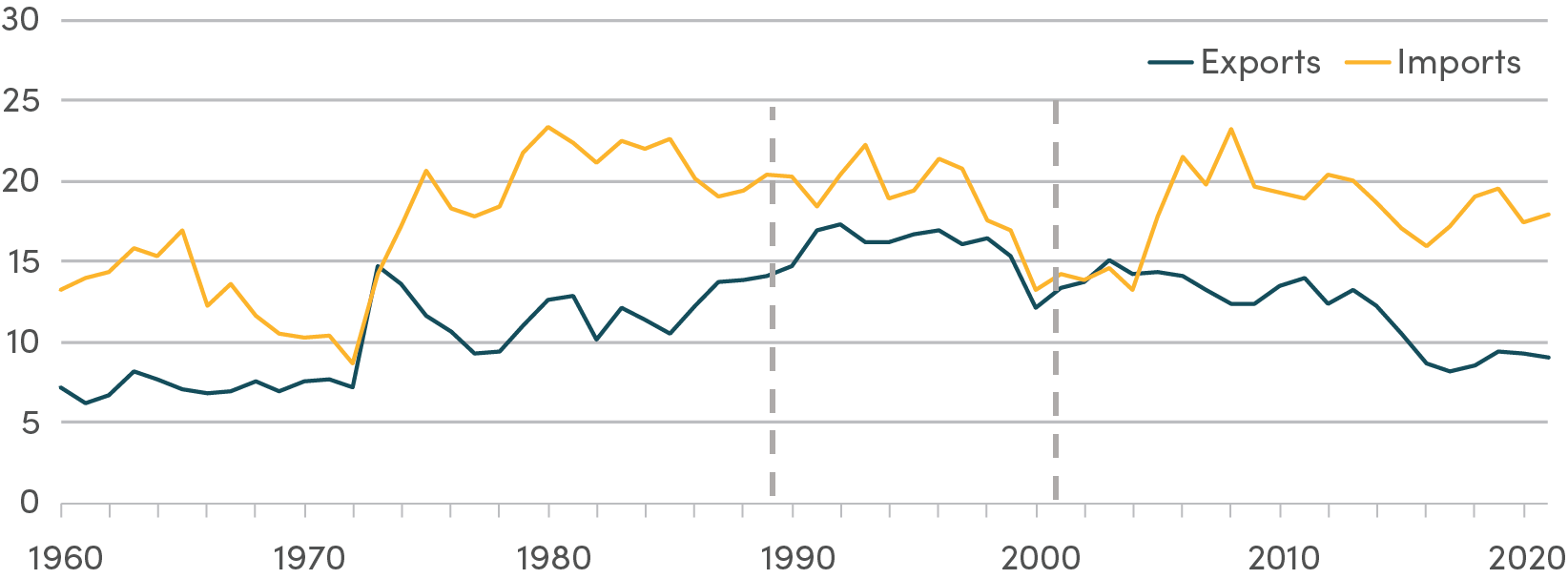When President Takehiko Nakao of the Asian Development Bank (ADB) visited CGD earlier last year, he described management’s groundbreaking proposal for a major restructuring of the bank’s financial model that we view as both sensible and creative.
Under the proposal, the Asian Development Fund (ADF)—the IDA-like window of the bank which lends on concessional terms to the region’s poorer countries—would be merged with the ordinary capital and non-concessional lending activities of the bank (OCR). By beefing up the capital base of the bank, the merger would increase ADB lending capacity for middle-income borrowers like the Philippines and Indonesia, while also making more resources (now relying on the capital base, not direct unleveraged contributions of donors) available to low-income ADF countries like Vietnam and Bangladesh. Donor contributions during periodic replenishments would still be needed to provide grants to some low-income countries, but they would be up to 50% smaller.
Ambitious proposals like this one are exceedingly rare in the staid world of MDB financing, so we were particularly pleased to be invited by the ADB to provide an independent assessment of key aspects of the plan last fall.
The request for an independent assessment was prompted by key ADB shareholders. Facing such a fundamental reworking of the institution’s financing model, and the almost too-good-to-be-true quality of this “win-win-win” proposal (good for ADF countries, good for other ADB borrowers, and good for ADF donors), they understandably wanted an independent view. The traditional donors to the ADF (Europe, Japan, the US, Australia) were particularly interested in ensuring that the merger would not reduce support for the low-income ADF countries in the long run.
After digging in on the details of the proposal and extensive engagement with the bank’s finance, policy, legal, and treasury teams over the course of two months, we concluded that the central premises of the proposal are sound, and therefore we encouraged the ADF’s donors to swiftly approve it in order to take full advantage of the benefits to come from more leveraged ADF resources.
Approval will require ratification by all ADF donors and most of the ADB's 67 members, a daunting challenge that calls for a champion among the shareholders. The United States is well placed to play this role and should register its own formal approval without delay. Delivering ratification would represent a concrete, meaningful, and visible action in the run-up to the Financing for Development conference in Addis this summer.
While we were guided by specific questions in our analysis (which you can read for yourself, along with our findings and recommendations), the assessment also afforded us the opportunity to consider the broader implications of the proposal, not only for the ADB, but for all of the MDBs that employ a similar model.
From this perspective, we see the proposal as an impressive launching point for further innovations in the basic model upon which the World Bank and four major regional development banks have depended for decades. The proposed changes at the ADB are a healthy step toward greater flexibility—in particular giving the ADB the opportunity to (1) revisit the balance between country-based activities and regional and global pursuits, (2) to redefine lending terms and eligibilities, and (3) to better engage the bank’s borrowers, whose economic success is not yet fully reflected in the bank’s management and governance, in mobilizing and managing the bank’s resources.
In a follow-up post, we will describe some of these new possibilities in greater detail, situating them in the broader context of the MDBs as a whole. (If you want a preview, you can read more about our ideas in Section 3 of the assessment).
In our report to the ADB, we urged two things: that ADB shareholders would move quickly to lock in the gains afforded by the proposal and that they not view it as the end of the story but the first big step in a series of innovations. Stay tuned for more on the innovations that the ADB’s proposal is poised to unlock—and what it implies for other MDBs.
CGD blog posts reflect the views of the authors, drawing on prior research and experience in their areas of expertise.
CGD is a nonpartisan, independent organization and does not take institutional positions.




